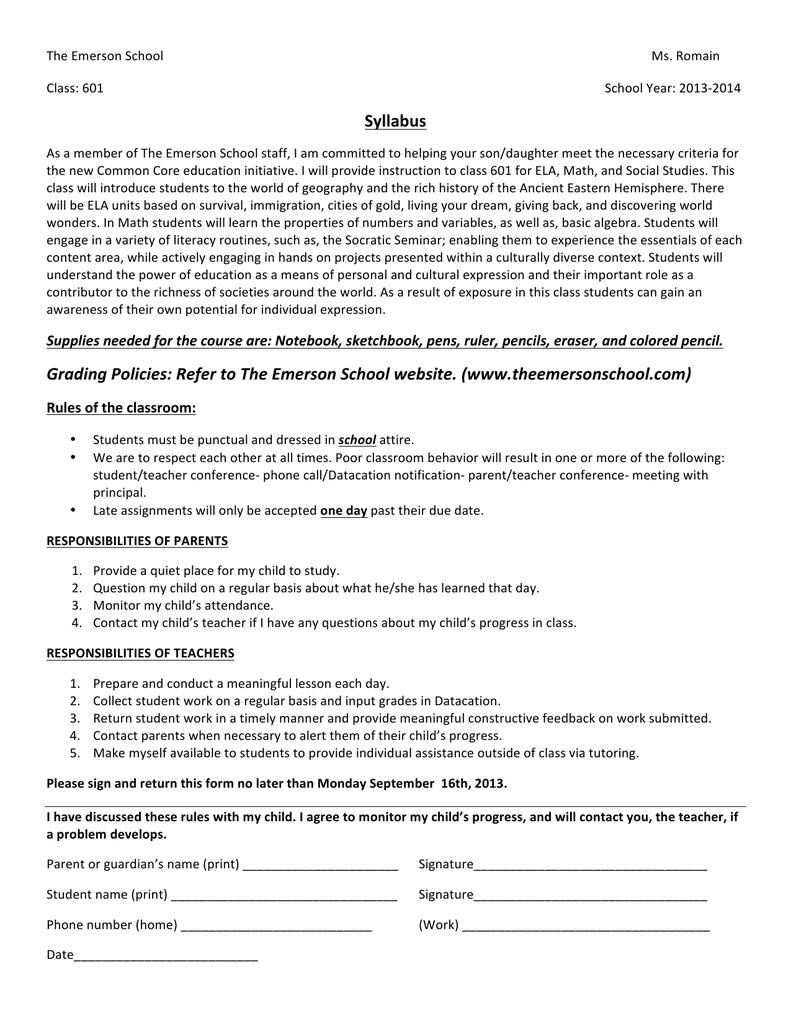- The Online Syllabus is simple to use. Select a Department, then the Course Syllabi button next to that department. You can change Catalog Year at any time. You can then narrow the search by typing in your instructor's name.
- A syllabus (/ ˈsɪləbəs /; plural syllabuses or syllabi) or specification is a document that communicates information about a specific course and defines expectations and responsibilities. It is generally narrower in scope than a curriculum.
The Rise, Destruction, and Rebuilding of Tulsa’s Greenwood District Photo by Ian Maule, the Tulsa World. A source list curated by Dr. Alicia Odewale, Assistant Professor, The University of Tulsa. NEET Syllabus 2021 for the medical exam basically comprises of three main subjects namely, Physics, Chemistry & Biology. The detailed NEET Syllabus 2021 is available to download here by NTA & has defined NEET Syllabus from topics covered in class 11 and class 12. By downloading the Syllabus of NEET 2021, candidates can know the exact topics which will help them to prepare for the exam thoroughly.
| Course | Dessert |
|---|---|
| Place of origin | Cornwall |
| Main ingredients | Milk or cream, sugar, wine |
Syllabub is a sweet dish from Cornish cuisine, made by curdling sweet cream or milk with an acid like wine or cider. It was popular from the 16th to 19th centuries.[1]

Early recipes for syllabub are for a drink of cider with milk. By the 17th century it had evolved into a type of dessert made with sweet white wine. More wine could be added to make a punch, but it could also be made to have a thicker consistency that could be eaten with a spoon, used as a topping for trifle, or to dip fingers of sponge cake.[2] The holiday punch, sweet and frothy, was oftentimes considered a 'ladies drink'. The milk and cream used in those days would have been thicker so modern recipes may need to make some adjustments to achieve the same effect.[3]
History[edit]
| Look up syllabub in Wiktionary, the free dictionary. |
Syllabub (or solybubbe, sullabub, sullibib, sullybub, sullibub; there is no certain etymology and considerable variation in spelling)[citation needed] has been known in England at least since John Heywood's Thersytes of about 1537: 'You and I... Muste walke to him and eate a solybubbe.'[4] The word occurs repeatedly, including in Samuel Pepys's diary for 12 July 1663; 'Then to Comissioner Petts and had a good Sullybub'[5] and in Thomas Hughes's Tom Brown at Oxford of 1861; 'We retire to tea or syllabub beneath the shade of some great oak.'[6]
Hannah Glasse, in the 18th century, published the recipe for whipt syllabubs in The Art of Cookery Made Plain and Easy. The recipe included
a quart of thick cream, and half a pint of sack, the juice of two Seville oranges or lemons, grate in the peel of two lemons, half a pound of double refined sugar.[7]
Syllabus Meaning
After whipping the ingredients together, they were poured into glasses. The curdled cream separated and floated to the top of the glass.
See also[edit]
Syllabus Utpl
- Cranachan, a similar dessert from Scotland
References[edit]
- ^Alan Davidson (21 August 2014). The Oxford Companion to Food. OUP Oxford. pp. 800–. ISBN978-0-19-104072-6.
- ^Hussain, Nadiya. Spiced biscotti with an orange syllabub dip.
- ^Lehman, Eric D. (2012). A History of Connecticut Food: A Proud Tradition of Puddings, Clambakes & Steamed Cheeseburgers.
- ^Heywood, John (1537) Thersytes
- ^Pepys, SamuelDiary of Samuel Pepys, 12 July 1663
- ^Hughes, Thomas (1861) Tom Brown at Oxford
- ^Glasse, Hannah (1774). The Art of Cookery, Made Plain and Easy: Which Far Exceeds Any Thing of the Kind Yet Published ... W. Strahan, J. and F. Rivington, J. Hinton.
External links[edit]


